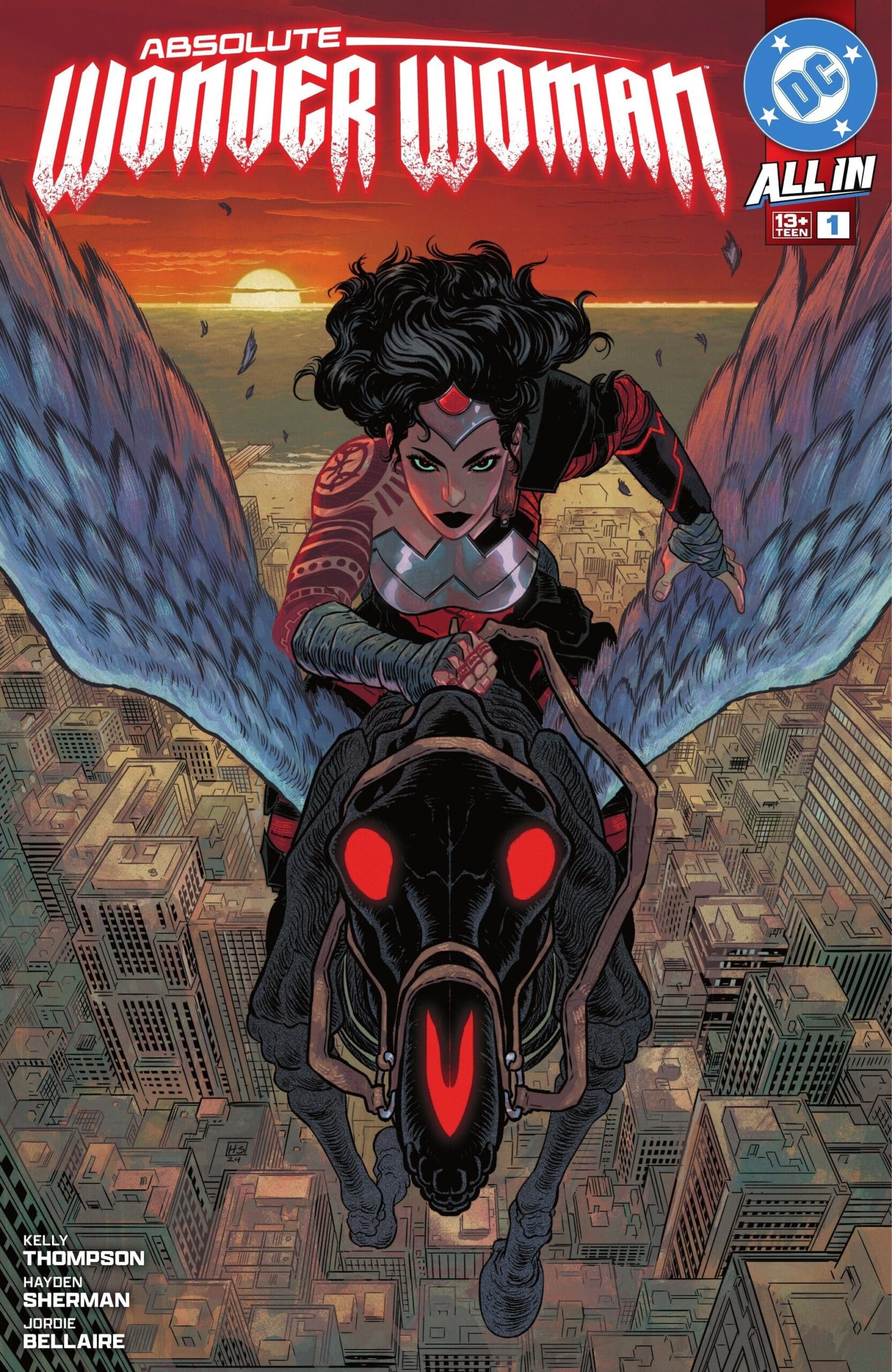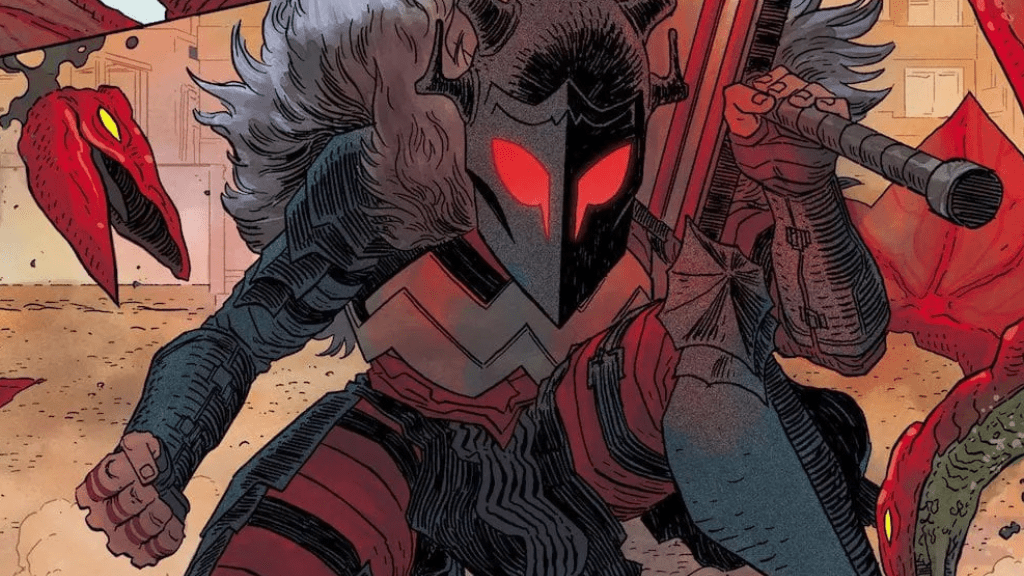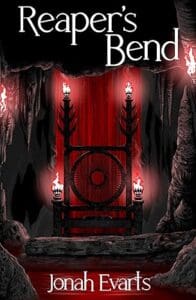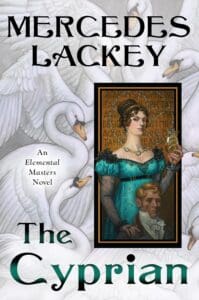
Synopsis
Without the island paradise…without the sisterhood that shaped her…without a mission of peace…what’s left is the Absolute Amazon!
Review
Wow.
Few words can sum up the reading experience that is Absolute Wonder Woman #1. One of them is Amazon, a word banned from ever being uttered again in a startling, fearless sequence early in this issue, which presents the most dramatic reinterpretation of Wonder Woman in her illustrious comic book career, and maybe any major superhero icon ever.
Written by Kelly Thompson, with art by Hayden Sherman and Jordie Bellaire, Absolute Wonder Woman #1 is quick on the ground in establishing that isn’t your father’s (or grandfather’s) Diana. Whereas past artists leaned heavily into her Greek mythological roots (notably the late, great George Perez in the 1980s), Thompson abandons them nearly wholesale. The result is an exciting, refreshing, and engaging story that presents far more questions than answers.
A fair one is whether this character needed to be Wonder Woman; she is so fundamentally different from her established character that this could have been someone else and it would have been as interesting. DC’s Absolute initiative seeks to strip its core superhero icons of their most well-known attributes – Absolute Batman his wealth, for instance – for reasons that are intriguing, but also risky. Is this Diana really Diana at all?
The answer is very much yes.
As the issue unfolds, we are introduced to a mysterious figure who comes to the aid of Gateway City on a winged skeleton horse named Pegasus. She wields a giant sword that wouldn’t be out of place in Bleach or Naruto. She wears a helmet and strange tattoos ink her right arm. Visual updates to iconic superheroes are not unusual, and Wonder Woman has been through her fair share (including a period in the 70s when she lost her costume, powers, and basic identity), but Thompson and crew don’t stop with visual markers.

The issue settles into an extended flashback to this Diana’s origins. We are introduced to Circe, a powerful sorceress and classical Wonder Woman villain, exiled in Hell. She is presented an infant Diana by the god Apollo, who informs Circe that Diana has been taken from the Amazons on Themisycara by Zeus in retribution. She is never to be reunited with them and in fact, the word Amazon can never be uttered again. Circe is befuddled by all of this, and the questions of why this is happening remain unanswered for the rest of the issue.
The real answer of why Absolute Wonder Woman #1 is delivered in the marvelous sequence that follows. We follow Circe as she raises in spite of herself – Diana into a young woman. While the colors throughout the Hell sequence are generally too dark (it’s meant to be, but it takes away from Sherman’s excellent line work), the writing illuminates Circe. Thompson creates an instant bond between Circe, Diana, and the reader through a series of long panels across two pages which advance their relationship through untold years. Diana learns magic from Circe, a major departure from her established character but not unwelcome. Diana is the daughter of gods, warriors, and is variously in her origin conjured through supernatural means.
Diana eventually understands there is something she can’t talk about, and something missing from her life, and because she’s Wonder Woman, utters the word Amazon. This leads her on a journey out of Hell back to Earth in search of her people, and we pick back up the epic magical battle in Gateway City. As a first issue, it’s very effective, determined, and far less dense than Absolute Batman #1. It’s no less ambitious. In some ways, it’s more so. This is a wholesale reinvention of Wonder Woman that begs the question of why isn’t this just a new character.

The answer seems to be that this feels like it should be Diana. Wonder Woman’s origin has evolved considerably since her first appearance in All Star Comics #8 in 1941. Co-created by William Moulton Marston and Harry G. Peter, Diana is often tethered to Greek mythology, either sculpted from clay by Queen Hippolyta or sired by Zeus. Over the years, she shifts from being a powerful demigod to a powerless human woman, an outcast, an ambassador, but always a hero. She’s also always a beacon of light. This Diana would have surprised no one if she emerged in the 1990s when the grim and gritty mode of storytelling in comics transformed numerous characters into brooding, violent characters with dark pasts.
That’s not exactly who this Diana is. She’s given a more complex backstory and in some ways, a more engaging one. Earlier versions of Diana follow a very Golden Age and DC Comics mode of introducing god-like figures who are less characters and more archetypes. They lack interiority, and in some cases, wants and desires outside of simply wanting to do the right thing. The Absolute Wonder Woman wants something. She needs to find out what happened to her people, why she is condemned to Hell, and who she really is. All of it is in line with her mythic roots and rendered in a more enjoyable and engaging way.
Since Diana spent so much time in Hell, and with Circe, she is bound to be a very different character than her mainline DC version. That only offers storytelling possibilities. She’s clearly heroic, but now she’s armed with literally and figuratively dramatic tools that are going to benefit her in ways perhaps the original didn’t.
Absolute Wonder Woman #1 is highly recommended for fans of the character, as well as those seeking something new and unusual.







Leave a Reply